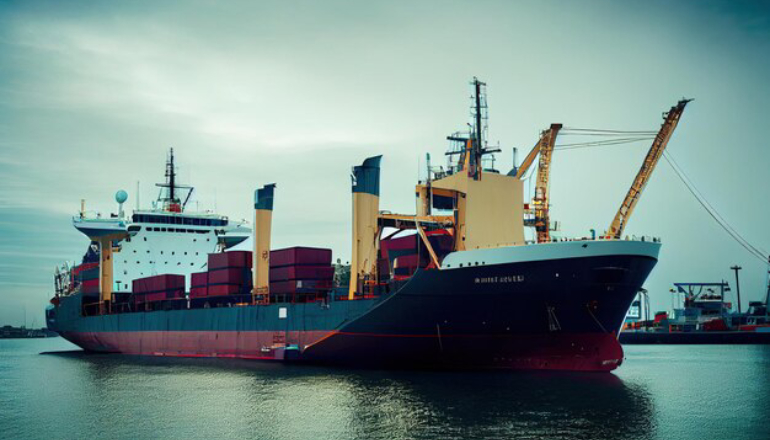India has launched SOP for its Green Tug Transition Program.
The Green Tug Transition Program (GTTP) is a pivotal initiative towards realizing the country vision of a sustainable and green maritime sector in India. The government has announced an investment of Rs 1000 crore to build the green tugs.
The first set of tugs will be battery-electric, with provisions for adopting other emerging green technologies such as hybrid, methanol, and green hydrogen as the industry evolves.
Phase 1 of the GTTP will begin on October 1, 2024, and continue until December 31, 2027. During this phase, four major Ports—Jawaharlal Nehru Port Authority, Deendayal Port Authority, Paradip Port Authority, and V.O. Chidambaranar Port Authority—will procure or charter at least two green tugs each, based on standardized designs and specifications issued by the Standing Specification Committee (SSC).
Speaking on the launch, Sarbananda Sonowal, Minister of Ports, Shipping and Waterways and Minister of AYUSH said, “This program not only aligns with our environmental goals but also strengthens our commitment to ‘Make in India,’ promoting domestic innovation and manufacturing in the maritime industry.”
“The program is also expected to create significant employment opportunities in shipbuilding and ship design,” said TK Ramachandran, Secretary, MoPSW.
All tugs operating in Indian major ports are expected to convert to green tugs by the end of 2040, guaranteeing a uniform, environmentally responsible fleet throughout the nation. In addition, any new tug constructed in India after 2033 for use in Indian ports must adhere to the ASTDS-GTTP requirements.
It must be noted that the Maritime India Vision 2030 (MIV 2030), launched by the Prime Minister Shri Narendra Modi in 2020, outlines key strategies to enhance India’s maritime sector, aiming to make it a global leader in safety, sustainability, and environmental responsibility.
This vision includes ambitious targets such as sourcing 60% of each major port’s power demand from renewable energy and achieving a 30% reduction in carbon emissions per ton of cargo by 2030. Building on this, the Maritime Amrit Kaal Vision 2047, introduced in 2023, sets a specific goal for Major Ports to reduce greenhouse gas emissions from port vessels by 30% by 2030.

